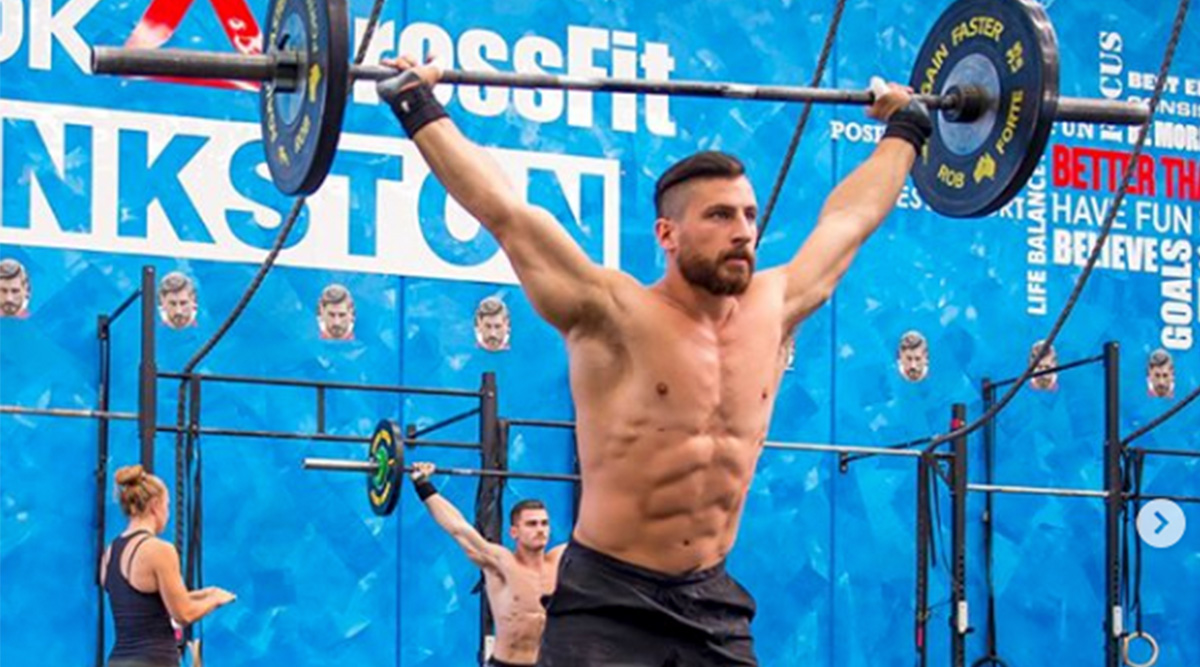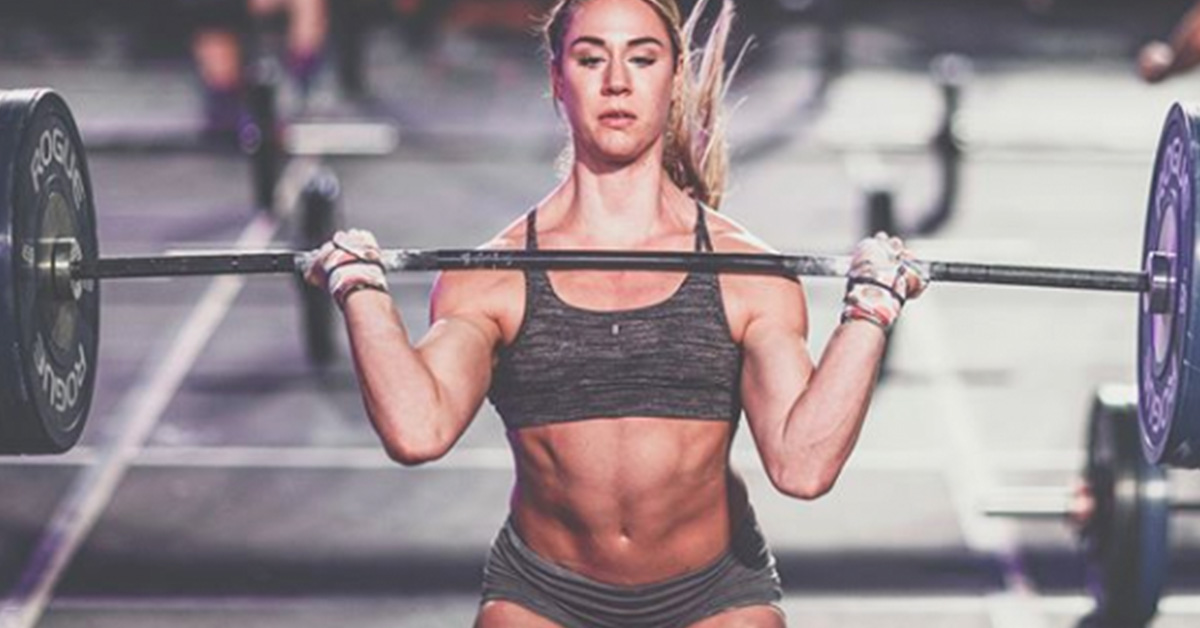If you’re considering investing in a barbell, then it’s likely something you’re going to get a ton of use out of. Plus, it’s going to last a long time — possibly for the rest of your fitness journey — and plays a pivotal role in your performance. Thus, it’s crucial to pick one that feels good in your hands and is also suitable for the type of lifting you plan on doing. How can you know which barbell is perfect for you?
Let’s run through some of the most important details, along with some of your options, especially based on your sport.
Psst! If you love barbell WODs, check out this blog!
Shop Now
How Do You Pick the Right Barbell for You?
We’re going to base this guide off of what type of activity you’re doing. Yes, barbells are divided for men and women. But, there are also more specific characteristics that are applicable to one sport more so than another. In particular, we’re going to look at barbell knurling, spin, and whip.
Let’s dive in!
For Functional Fitness Athletes
If you train in CrossFit, then you need a good all-around barbell — a bar that’s a Jack of all trades. The reason for this is probably obvious: CrossFit’s credo is “constantly varied.” So, the gear and equipment that you use need to stand up to this.
Knurling
Let’s start with knurling — the “bumpy stuff” on your barbell that helps you get a better grip. Sometimes, it might feel annoying, but it’s quite necessary. Without it, keeping a firm grasp on the bar — especially as you get sweaty and your hands start to fatigue — would be incredibly challenging.
Consider most of your training and WODs. You’re not as often maxing out or doing super heavy lifts as opposed to lighter weight, higher rep programming. Thus you don’t need knurling that’s as dramatic as, say, a powerlifting barbell (more on that in a minute).
Spin
When we talk about a barbell’s spin, we’re referring to how quickly and easily the bar itself can rotate/spin independently of the sleeves, which are the ends of the barbell where you load your plates.
Will a little spin help you? Yes, absolutely. Is it mandatory? No. In fact, in many gyms across the world, the barbells they use for their functional fitness athletes don’t spin at all.
Whip
Have you ever noticed that when you have a ton of weight on your barbell, it sort of “bounces” once you take it out of the rack? That’s its whip. Other athletes rely on a little whip (keep reading!), but again, because in CrossFit, you’re very often working with more moderate weights, you might not notice all that much if the whip isn’t really there.
Top pick: TWL Everyday Barbell
This bar has a minimal whip and is crafted of high-quality steel, so it’s built to last. It will accommodate high-rep, low-weight workouts but is also suitable for working in those Olympic lifts, too.

For Olympic Weightlifters
Olympic lifting is an entirely different sport, so what you look for in a barbell will be unique.
Knurling
You might find that you enjoy slightly more dramatic knurling here. Think about it: You’re hanging onto a heavier barbell, but only for a matter of seconds. More aggressive knurling might sound unappealing. But considering that executing an Olympic lift takes literal seconds, but also that the barbell is loaded heavy, knurling is your friend.
Spin
Spin is a must! Look at it this way: If you have 100kg loaded on your barbell, and the barbell doesn’t spin, not only are you responsible for lifting 100kg, but you’re also responsible for actually spinning the entire loaded barbell with your hands as your body moves around it.
Easy? Not at all.
Whip
Olympic lifters love when their barbell has a little whip. This is because having that slight bounce makes it easier to move the barbell from the front rack position to the locked-out overhead position in the clean and jerk. (Although, it’s important to note that in competition, excessively using the whip to get the bar overhead will likely result in a no-lift.)
Top pick: Morgan Black Chrome Olympic Barbell
This black zinc women’s bar gives you optimal grip and can hold a max load of 600kg — more than enough to demolish your current PBs. Note that women’s barbells do not come with center knurling.
For Powerlifters
Powerlifters: You’re likely lifting the most weight of all. Here’s what you should be looking for.
Knurling
You can’t really do without knurling, and what you see on your barbell is likely going to be the most noticeable knurling of all sports. This is for a good reason: You need it in order to hang onto all that weight you’re moving.
Spin
Spin, on the other hand, can actually be detrimental to you. In your three main lifts — deadlift, bench, and back squat — you’re never really rotating around the bar in the way that an Olympic lifter is. Especially with benching, a spinning barbell can be dangerous, since stabilizing it overhead is more difficult.
Whip
Similar to a barbell spin, you won’t benefit much from a whip. Your lifts are more slow and controlled, compared to the Olympic lifts which are faster and more explosive.
Shop Now
Knurling, spin, and whip are three of the more noticeable characteristics to think about. In addition, you should be mindful of how much weight a barbell can safely hold, the material(s) it’s made out of, its finish, and how long the sleeves are.
While there are a number of factors to consider, once you find a bar that’s the right fit, it’ll take your training to the next level. If you’re ready to outfit your gym with the perfect barbell for you, shop The WOD Life’s full selection of barbells today.

















